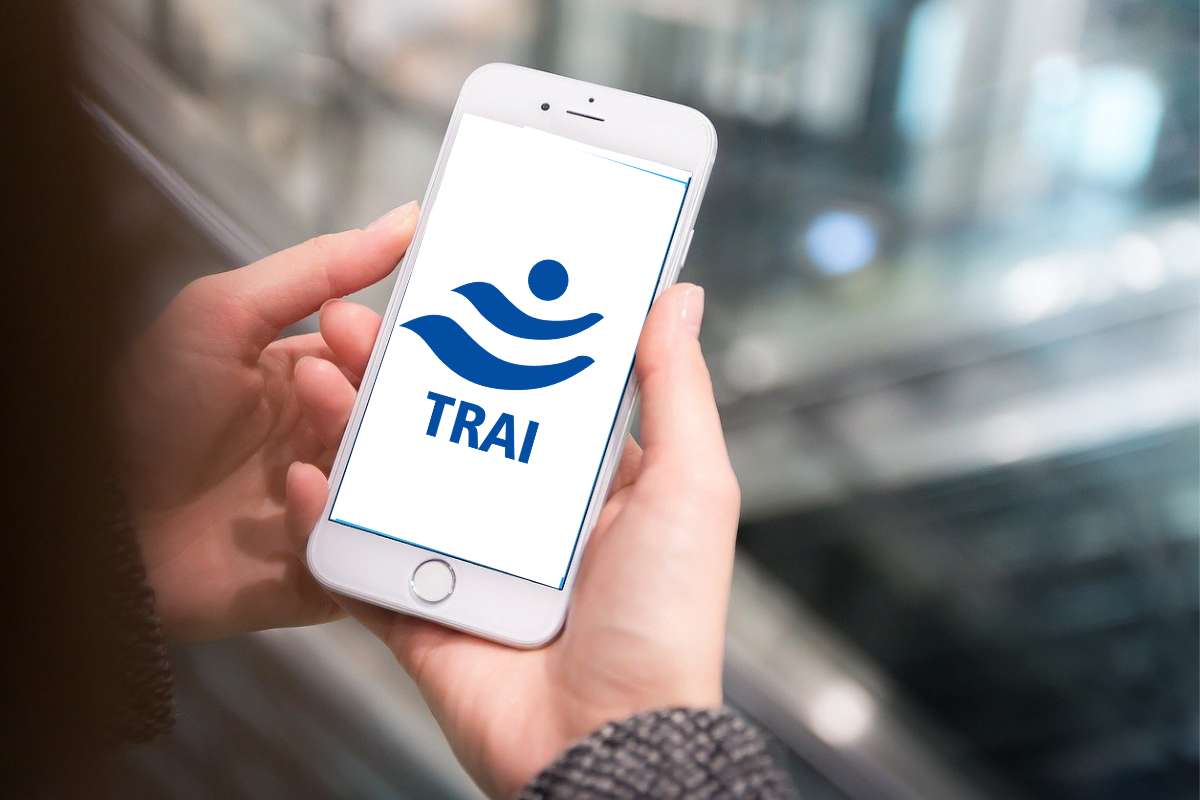
The Telecom Regulatory Authority of India (TRAI) has given its recommendations to improve connectivity in North East India. The North Eastern part of the country still doesn't have access to fast-speed networks as the rest of the country does. This is due to a number of reasons such as poor RoI (return on investment) for the telcos, issues related to the RoW (Right of Way), low or poor availability of power supply, inhospitable terrain conditions, and more. The sector regulator has released some recommendations for improving connectivity in the North East. Let's take a look at them.
Read More - Indian Telcos to Refund Money to Users Who were Overcharged: TRAI
TRAI Recommendations for Improving Connectivity in North East
The sector regulator has recommended that governments of northeastern states should align their RoW policies with the central government's policies. Also, the implementation of exemption of RoW charges in tribal, rural, and hilly regions for a duration of five years is recommended. Further, TRAI recommended that the 25% 'Tribal Development Charges' being imposed on the TSPs should be waived. The governments must also look after clearing the environmental clearances for TSPs to install mobile towers in the necessary regions.
Read More - TRAI Recommends Pvt FM Players to Broadcast News
Other recommendations that the regulatory body gave were: waive off or subsidise last mile installation charges for extending electricity connection to telecom sites in remote and hilly regions and provide electricity to telecom sites as a priority.
In a release on Saturday, TRAI said, "USOF should continue to provide full reimbursement support for installing solar backup at such USOF-funded sites that do not have any power connectivity and are running on DG sets only."
To also ensure that the 4G saturation project is more impactful, TRAI has recommended that priority should be given to all the uncovered/non-4G villages which have police stations, health centres, schools and more.















